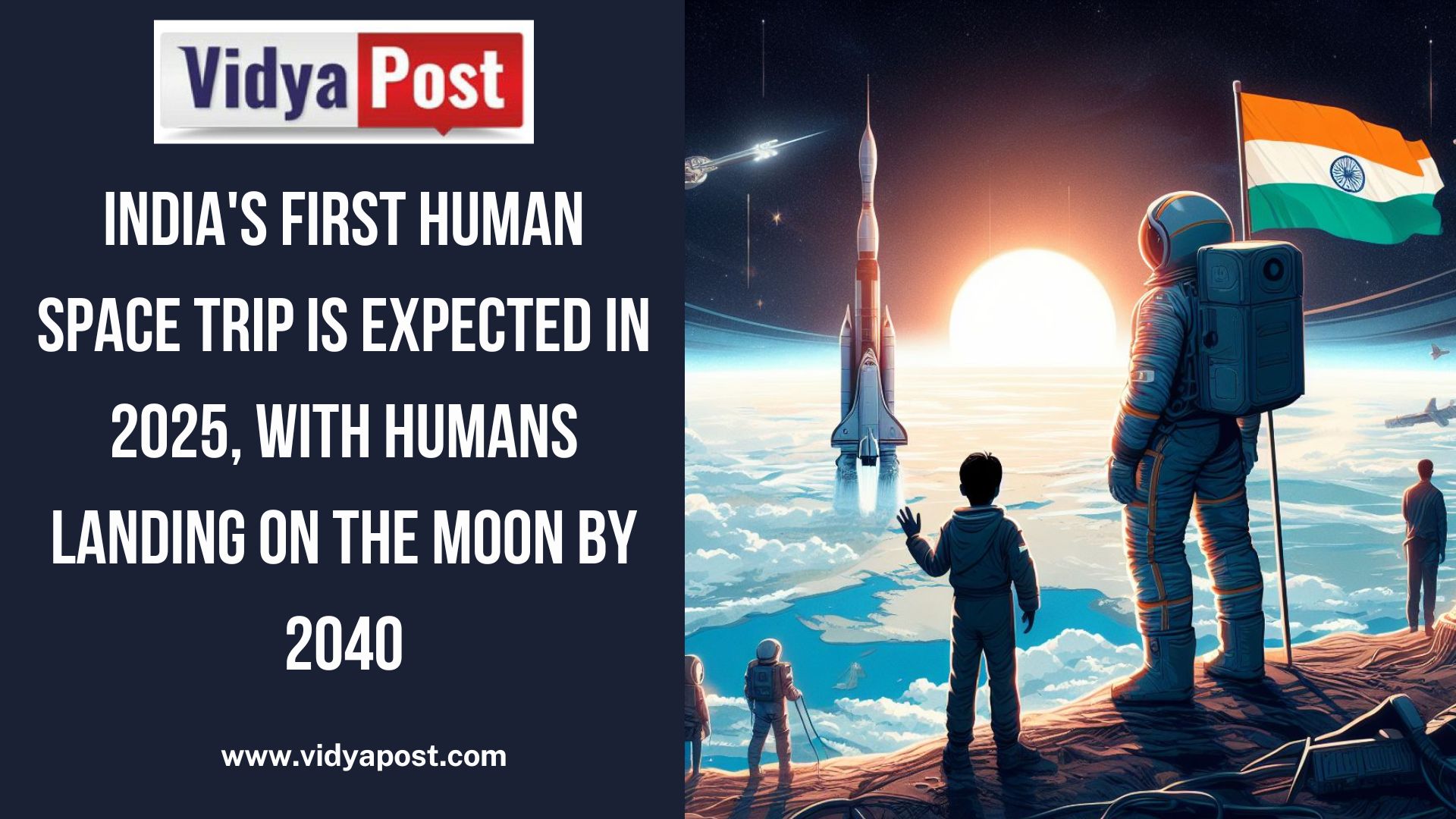India's first human space trip is expected in 2025, with humans landing on the moon by 2040

Prime Minister Narendra Modi presided over a high-level meeting to assess the status of India's Gaganyaan Mission and to determine the country's future space exploration efforts including India's first human space trip.
All about the Planning of India's first human space trip
The Department of Space provided a comprehensive overview of the Gaganyaan Mission, including numerous technologies established thus far, such as human-rated launch vehicles and system validation. It was stated that around 20 significant tests, including three uncrewed missions of the Human Rated Launch Vehicle (HLVM3), are planned. October 21 is the date of the Crew Escape System Test Vehicle's maiden demonstration flight. The meeting evaluated the mission's readiness and affirmed the mission's launch date of 2025.
Also, Read News: Study Abroad know the recent changes to Indian student visa regulations by Canada
Prime Minister Narendra Modi has directed that India pursue new and ambitious objectives, such as building the "Bharatiya Antariksha Station" (Indian Space Station) by 2035 and sending the first Indian astronaut to the Moon by 2040, building on the success of recent Indian space initiatives like the Chandrayan-3 and Aditya L1 missions.
The Department of Space will create a roadmap for Moon exploration to realize this Vision. This will include several Chandrayaan missions, the building of a Next Generation Launch Vehicle (NGLV), the construction of a new launch pad, the installation of human-centric Laboratories, and the development of associated technologies.
The Prime Minister encouraged Indian scientists to focus on interplanetary missions such as a Venus Orbiter Mission and a Mars Lander.
Prime Minister Modi expressed faith in India's capabilities and reaffirmed the country's resolve to reach new heights in space exploration.
This Saturday, between 7 am and 9 am, ISRO will conduct a Flight Test Vehicle Abort project as part of its ambitious human space project Gaganyaan.
During the ascending trajectory, this flight will simulate an abort condition. At an altitude of around 17 km, crew escape systems with primitive components will be disconnected from the test vehicle. Following that, the abort sequence will be completed autonomously, beginning with the separation of crew escape systems and the deployment of a succession of parachutes and concluding with the safe landing of the crew module in the water about 10 kilometers off the coast of Sriharikota.
Also, Read New Undergraduate internship guidelines from the UGC
Share:

2 Comments
Jordan Singer
2d2 replies
Santiago Roberts
4d